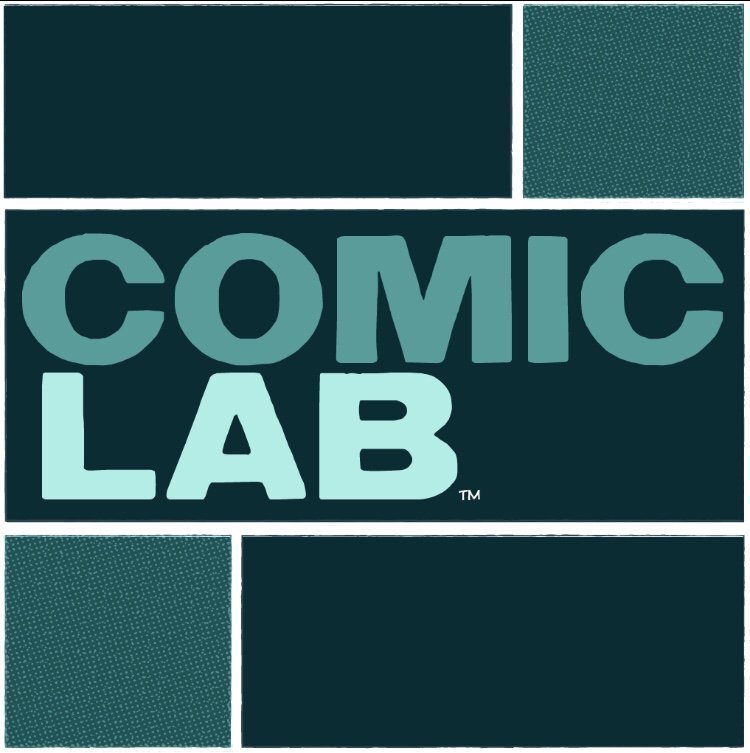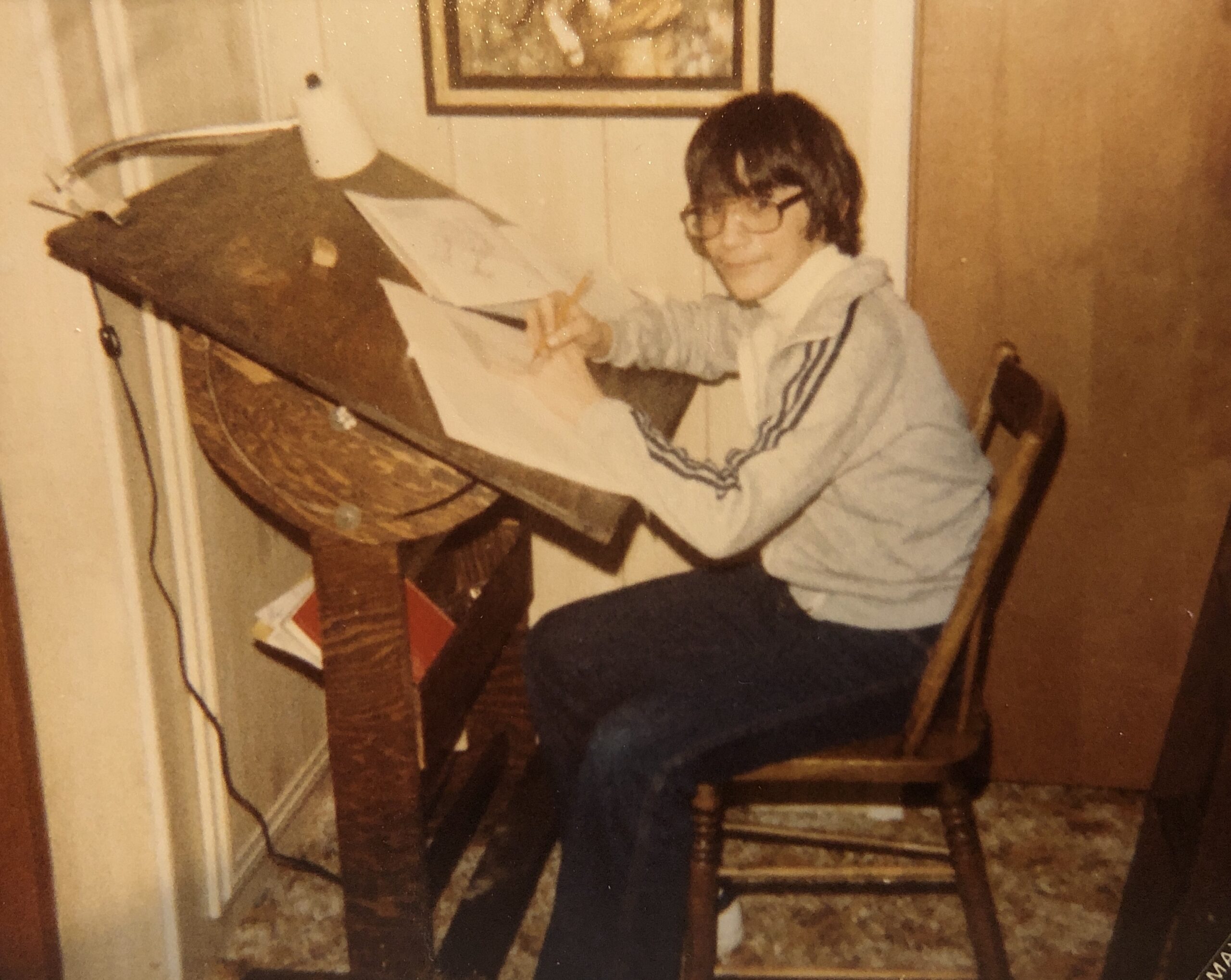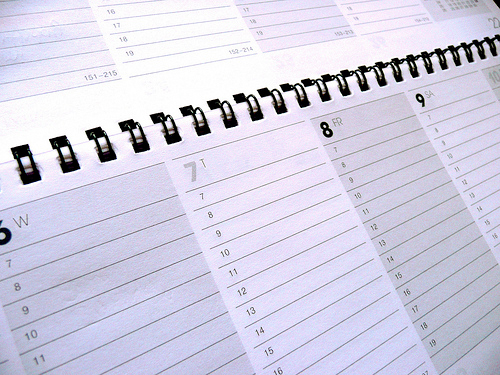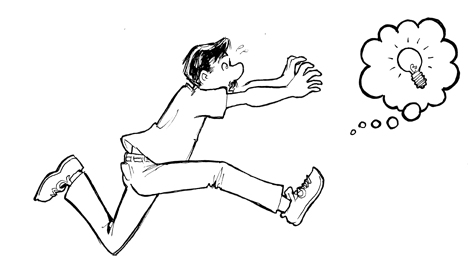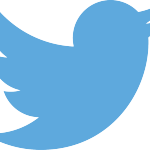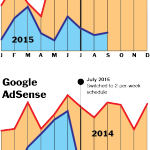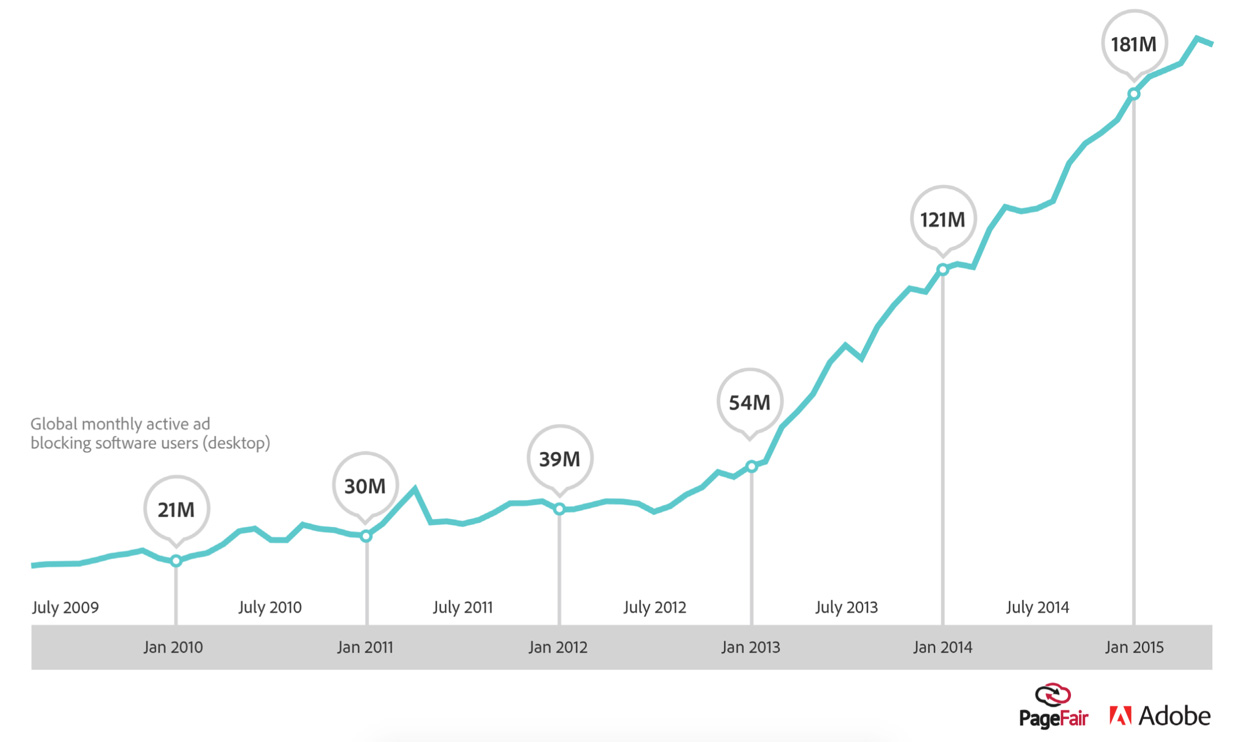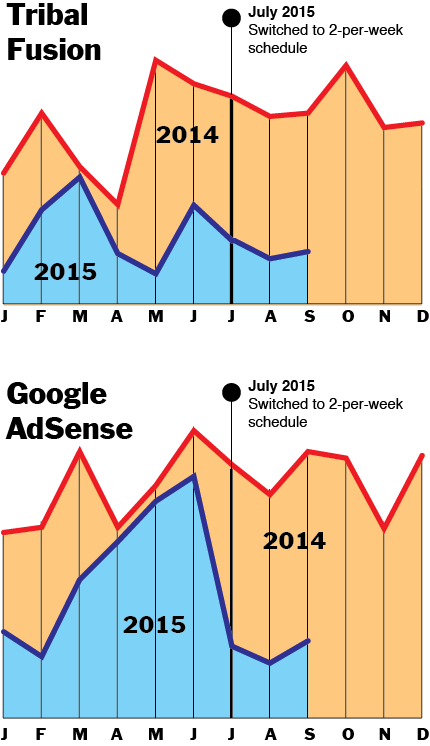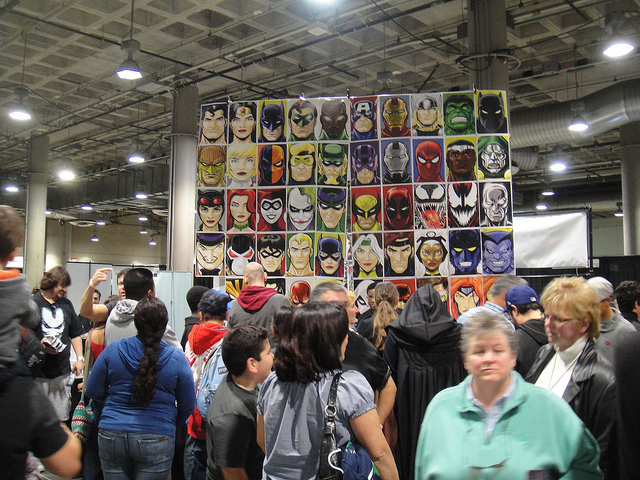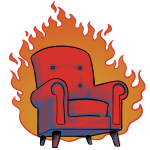You don’t need a subscription to read today’s post!
This is a re-post from the Webcomics.com archive. If you’ve ever been curious about the kind of information, tutorials and advice that you’ll get as part of your subscription to Webcomics.com, this is a good example.
If you’d like to join the site, you can get a 12-month subscription for $30 — or you can get a one-month Trial for $5 … with no obligation after your 30 days expire. For less than three bucks a month, you can get a steady flow of information, tutorials and advice targeted towards your webcomic business — plus a private forum to discuss issues with other professionally minded cartoonists.
This is a question from the forum, but my answer started drilling pretty deep into the printing process — so much so, that I wanted to share it on the main site to make it more readily available for anyone else trying to access this information.
Q.: I’ve been reading chapter 13 of “The Webcomics Handbook” and I’m a bit confused about margins and bleeds. As I understand it, it’s up to me to choose the finished size (e.g. 8.5 x 11 inches) and this is the trim size for the final page. However, I need to keep everything important within the live area, presumably because the trimming process might be slightly off-centre. So, who chooses the margins? I’d expect the printer to tell me what they can reliably handle, i.e. how accurate their machines are, but it wasn’t part of the sample spec sheet. Is there an industry standard for this or can I pick whatever I like?
Before we go too far, it may be helpful to read this post from the Webcomics.com archive that discusses the many factors in page size — bleebs, trim, live area, margins and more.
Short answer: There’s no “industry standard” margin that I’m aware of, but if I were pressed, I’d say a half-inch would be plenty of margin to protect your live area. Truly, a quarter-inch should suffice, but better safe than sorry in a situation like this.
But, this opens up all sort of issues that we should discuss…
Communicate with your printer!
When you enter into an arrangement to have your books printed by a printer, you’re getting into a very big relationship. Chances are, there’s a decent amount of money involved, and for sure you want those books to turn out as good as they possibly can. On their side of the table, they want the business and they want the job to go as smoothly as possible.
So, if you have any questions, any thoughts, any quibbles… hell, if you have a dirty limerick to share… you should be on the phone/e-mail with the printer. They want to clear up these situations before press time. They’re happy to address these issues now rather than later.
You should never hesitate to get information directly from your printer.
Who sets the page size — me or the printer?
Yes.
It’s not up to you to unilaterally determine the page size. Well, not unless you want to spent a bunch of extra money. It’s going to be determined by:
• What you want / need
• The kind of paper your printer uses.
So, here’s how it’s gonna go down:
You want to print a book and you have an idea of what size you want the book to be. You probably arrived at these dimensions by looking at other standard book sizes that are comparable to the type of book you want to print.
You submit a quote request to your printer(s) with this size listed.
They will respond with a quote or they will say, “we don’t really handle that size, but we could accommodate this size, which is close.”
Then you either say no and find a printer to accommodate the exact size you had in mind, or you change your document to accommodate this new size.
You’re safest by sticking with “standard” book sizes, but even then, you may have to adjust.
• Trade paperbacks are often either 5.5 x 8.5″ or 6 x 9″ range.
• Comic books are usually 6.625 x 10.25″, (manga is typically presented at a smaller 5×7.5″)
• Graphic novels tend to clock in around 7×10.5″, 8×10″ and 8.5×11.”
…and I’m sure there are more that just aren’t coming to mind right now…
Now, here’s where it gets ticklish — and this is why you always want to collect quotes from multiple printers before you lock in with one. (And that’s why this member benefit is one that every Webcomics.com member should be aware of!)
Every printer has a “house” paper. That’s the paper that they stock in largest quantities and use most often. Their printers are pre-set for it — and so are their trimmers, binders and other after-printing machinery.
So, if your page size fits within the established settings of a printer using a certain “house” size, you’ll get a lower price.
Example One: Changing Printers to Fit the Book
I was planning the print run for Evil Inc Vol. 4, and all of my quotes were coming in much higher than I had anticipated. This was pre-Kickstarter, and it was putting me in such a financial pinch that I was wondering if I’d be able to print the book at all!
I was on the phone with PvP business manager, Cory Casoni, and he said, “Wait, what’s the size of that book?” I told him it was 8.5×11″ and he said, “Did you get a quote from Quad Graphics in Chicago*? That’s their house size and you won’t have to deal with international shipping!”
I did, and their quote — including shipping — came in significantly lower than the other quotes I had assembled. I was able to finance the print run and got fantastic-looking, high-quality books — made in the USA to boot!
* Before he became the business manager for PvP, Cory’s main job included handling print projects for Oni Press.
Example Two: Changing the Book to Fit the Printer
I was working on another book, and I got a very favorable quote that was much lower than the other quotes. However, due to the nature of the printing process, my book had to be changed from 8.5×11″ to 8.5×10.875.”
It was a no-brainer. A couple of very simple changes to my InDesign document saved me — literally — hundreds of dollars.
Speaking of InDesign…
I’m no fan of Adobe’s new Creative Cloud subscription system. My teeth grind every month when that money leaves my account. And, believe me, I’m sorely tempted when I see people talk about alternate software/scripts/etc. that they use to build a book file.
But when I can make late-process changes — like altering the page size/bleed/trim/live area of a finished document — with those stop-gap solutions as easily as I can with InDesign, then I’ll be that much closer to closing down my account.
As much as I hate it, it’s a (tax-deductible) cost-of-doing-business that pays for itself over and over throughout the year.
